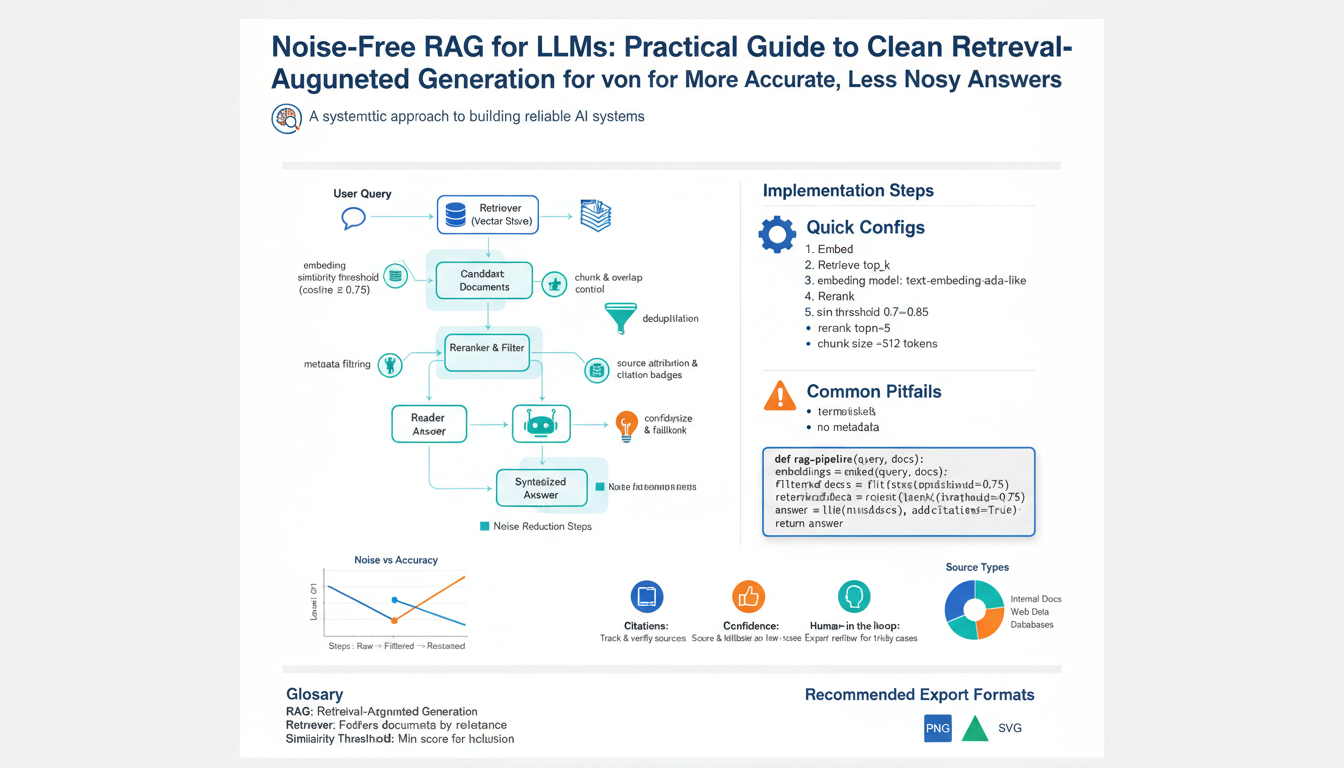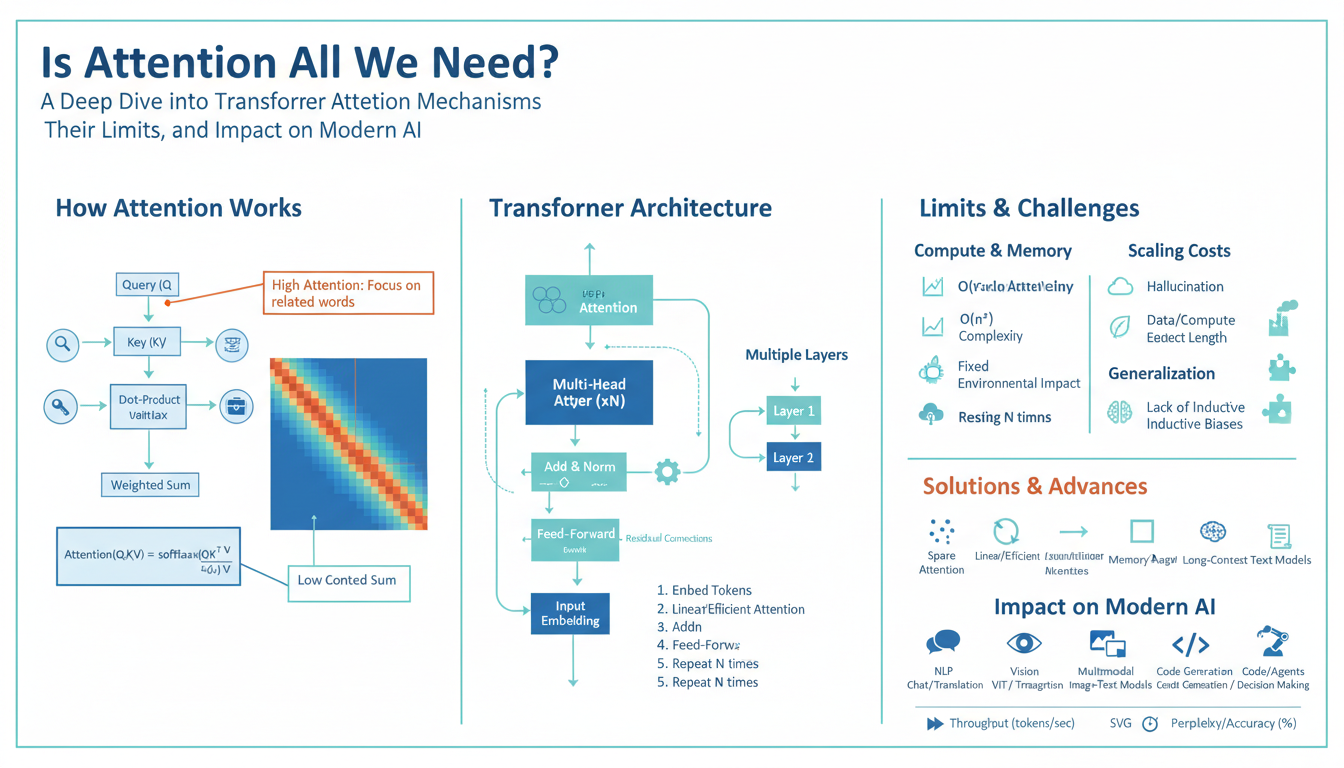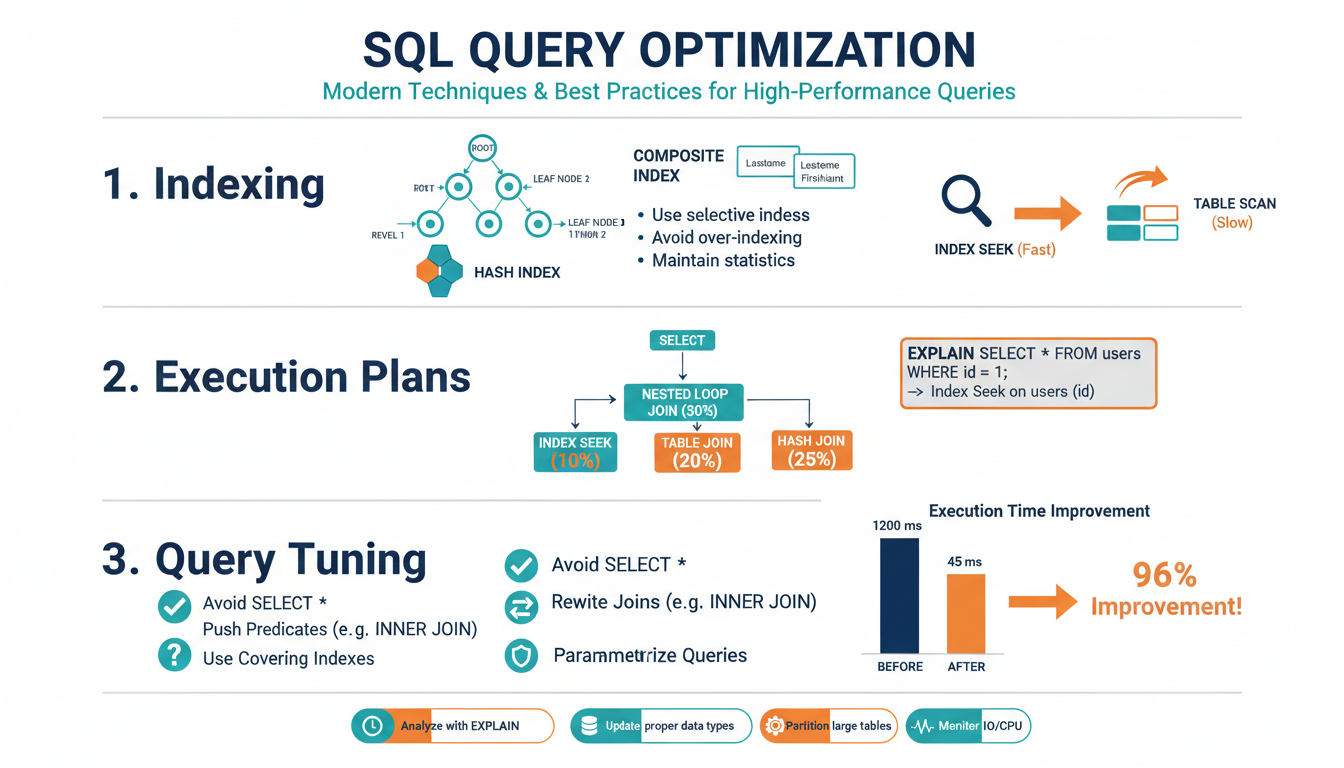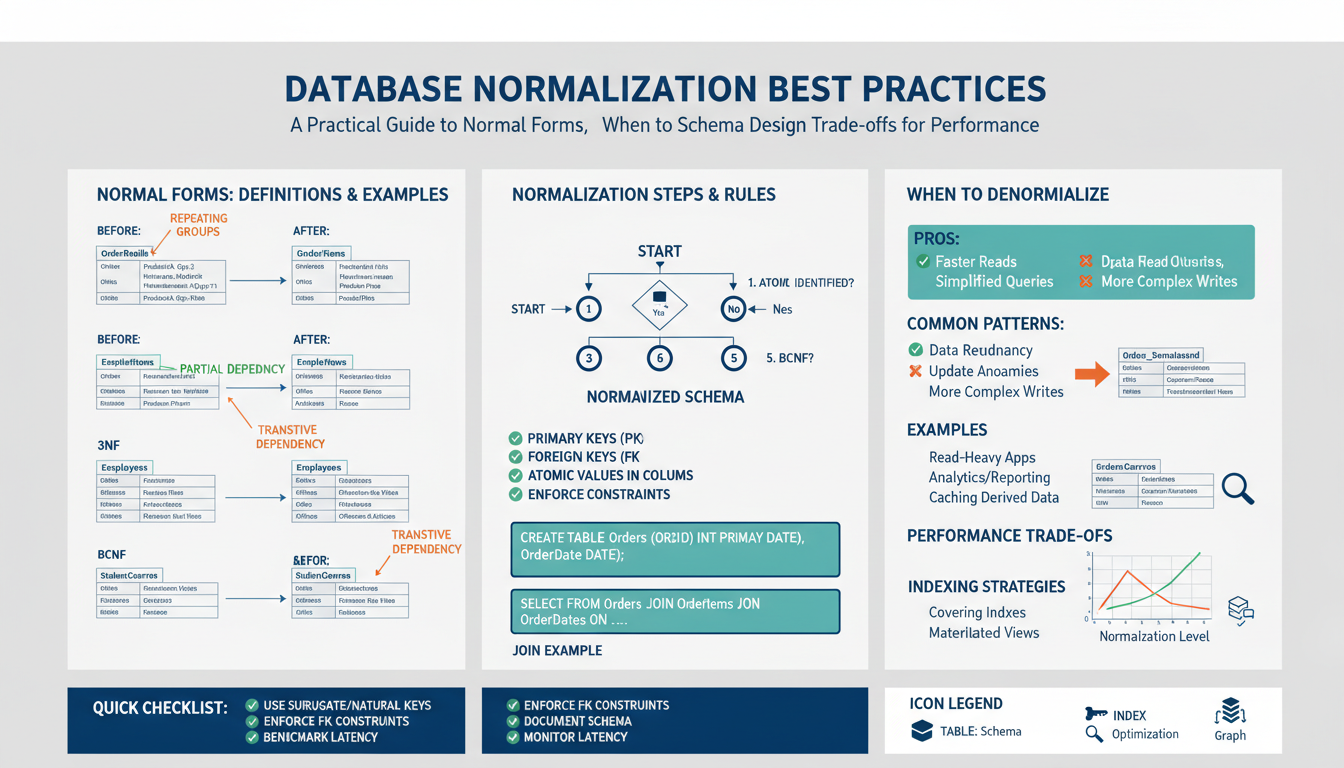What is Mixture-of-Agents (MoA) in AI?
Mixture-of-Agents (MoA) is a cutting-edge concept in artificial intelligence where multiple specialized agents—often large language models (LLMs) or AI systems—work collaboratively to solve problems, answer complex questions, or generate creative content. Unlike traditional setups where a single AI model handles all tasks, MoA leverages the unique strengths and perspectives of several models, fostering a collaborative environment that outperforms individual models working in isolation.
At its core, MoA draws inspiration from both human teamwork and ensemble learning in machine learning, where the wisdom of many models is pooled for more accurate or robust results. Just like a group of human experts brainstorming to tackle multifaceted issues, each AI agent in the MoA system brings its own trained expertise, reasoning style, or domain-specific knowledge, leading to more nuanced and effective outcomes. This collaborative dynamic is becoming increasingly essential as the demands on AI systems grow in complexity and scope.
To better understand how MoA works in practice, consider the following steps typically involved in an MoA setup:
- Problem Decomposition: The system first breaks down a complex problem into smaller, more manageable tasks. Each sub-task is then assigned to an agent best suited for that particular type of problem, such as language generation, logical reasoning, or factual retrieval.
- Agent Collaboration: Each agent independently addresses its assigned task, drawing on its specialized training or internal databases. Communication protocols are established so agents can share insights, cross-check each other’s outputs, and iteratively improve the response.
- Aggregation and Synthesis: The results from all agents are aggregated and synthesized, either through a voting mechanism, consensus building, or via a supervisory agent that evaluates the quality of each contribution. This ensures that the final output benefits from the diverse strengths of each agent.
Concrete examples of MoA include systems where both general-purpose and domain-specific LLMs collaborate to answer complex legal, medical, or technical queries, ensuring accuracy and reliability. For example, a recent DeepMind project introduced a dialog agent that combines multiple specialized models to interact in more grounded and trustworthy ways, a preview of what MoA can achieve in real-world AI applications.
Benefits of MoA include:
- Increased accuracy: By leveraging diverse expertise, MoA systems can cross-validate information and reduce the likelihood of errors or hallucinations, a frequent challenge in single-model LLMs (arxiv.org).
- Scalability: Instead of retraining a monolithic model for every new domain, smaller specialized models can be dynamically combined as needed, speeding up deployment and innovation.
- Transparency and robustness: MoA frameworks encourage transparency since each agent’s contribution can be traced, analyzed, and audited, a valuable feature in mission-critical applications (AI Google Blog).
In summary, Mixture-of-Agents represents a leap toward making AI systems smarter, safer, and more adaptable. As research and development advance in this area, we can expect MoA to become a foundational technique for next-generation AI services. For deeper technical insights, check resources like DeepMind Publications and Papers with Code.
How Collaborative AI Differs from Single LLMs
Collaborative AI, particularly in the form of Mixture-of-Agents (MoA) systems, represents a significant evolution beyond traditional single large language models (LLMs). Unlike a single LLM, which processes and responds to queries independently, collaborative AI harnesses the strengths of multiple specialized models—or agents—to address tasks as a united team. This leads to marked improvements in performance, problem-solving, and even creativity.
Division of Labor and Specialization
One of the major distinctions is the principle of division of labor within collaborative AI. In a Mixture-of-Agents system, each agent might be trained to excel in different domains—such as mathematics, language translation, or reasoning. When a user query is received, the MoA system analyzes it and delegates subtasks to the most appropriate agents. This specialization ensures that the best-suited expertise is applied to each aspect of the problem, a feat that’s challenging for a single LLM to achieve equally well across disparate domains.
Consensus and Self-Improvement
Collaborative AI leverages a process called consensus building among agents. Agents can critique, debate, or propose solutions, and then converge on the best answer. For example, in complex decision-making or ethical scenarios, multiple agents present their perspectives and collaboratively refine the output. This peer-review dynamic reduces the risk of a system “hallucinating” incorrect information—an issue that can hinder single LLMs—by incorporating checks and balances reminiscent of a scientific peer-review process.
Scalability and Flexibility
MoA systems are designed for scalability. As new challenges or domains emerge, new specialized agents can be integrated into the framework without retraining the entire system, in contrast to single LLMs, which would require extensive retraining to adapt. This “plug-and-play” capability allows for rapid innovation and adaptation, mirroring the structure of human organizations where new experts can join to strengthen collective intelligence without disrupting existing workflows.
Case Example: Complex Problem Solving
Consider a scenario where the objective is to write a comprehensive technical report. In an MoA setup, one agent might draft the technical content based on scientific evidence, another polishes the grammar and style, while a third agent checks facts using up-to-date databases. These agents can interact, correct each other, and merge their contributions for a thorough, polished result. For comparison, a single LLM would have to handle all these specialized tasks itself, often with less nuanced expertise in each individual aspect.
Transparency and Interpretability
Finally, collaborative AI fosters greater transparency. Each agent’s decision-making process can be logged and reviewed independently, aiding auditing and interpretability of the final output—key concerns in current AI safety discussions. In contrast, the opaque reasoning trails of single monolithic models often stymy efforts to understand how conclusions were reached.
In summary, Mixture-of-Agents systems introduce a fundamentally different approach to AI by mimicking the collaborative and specialized nature of human teams. This model leads to more accurate, flexible, and trustworthy results, explaining why collaborative AI is increasingly regarded as a crucial leap forward in artificial intelligence research and application.
The Advantages of Multiple Agents Working Together
Collaborative AI, as introduced by the Mixture-of-Agents (MoA) paradigm, presents unique advantages over relying on a single large language model (LLM). When multiple agents synergize, they collectively overcome the limitations of individual models, optimizing performance and creativity.
1. Diverse Expertise and Perspective
Just as a multidisciplinary team of experts brings varied perspectives to solve complex real-world problems, multiple AI agents, each with unique strengths or domain specializations, combine their outputs to deliver more robust solutions. For example, one agent might excel at logical reasoning, another at language fluency, while a third is adept at creativity. By integrating these strengths, the collaborative system can tackle challenges that might stump a single LLM. This is akin to how committees or teams in business and academia outperform individuals in collaborative intelligence.
2. Redundancy and Error Correction
Using multiple agents enhances reliability. If one AI offers a suboptimal or incorrect recommendation, others can identify and correct it, resulting in higher accuracy and robustness. This mirrors redundancy in critical human systems, such as air traffic control or medical diagnostics, where multiple opinions are vital for minimizing error rates. Academic studies have shown ensemble approaches—where models cross-verify and correct each other—can greatly improve outcomes (source).
3. Parallel Problem-Solving
While a single LLM pursues a problem in a linear fashion, a network of agents can work in parallel, exploring multiple hypotheses or solutions simultaneously. This significantly speeds up both research and decision-making, especially on tasks requiring a broad exploration of possibilities. For example, in scientific discovery or creative writing, one agent may generate hypotheses, another critiques them, and a third synthesizes an optimized solution—demonstrating collaborative brainstorming.
4. Contextual Specialization and Memory
Agents can be tuned for specialized memory or context awareness. Unlike a single LLM struggling to manage long-term context, MoA systems can assign agents to ‘remember’ prior discussions, persistent goals, or context, improving coherence and continuity over extended tasks. By distributing memory functions, they more closely simulate how teams of human experts manage complex projects over time, as discussed in studies on collaborative team motivation.
5. Adaptability and Continuous Improvement
MoA systems offer extraordinary flexibility. As new types of expertise become valuable, new agents can be introduced without disrupting the overall architecture. This modularity allows for continuous improvement and adaptation, staying current with rapid advancements in AI or shifting industry requirements. It is the digital equivalent of forming an agile team to address emerging needs, supporting innovation at scale (Gartner Analysis).
By leveraging collaborative intelligence, Mixture-of-Agents architectures unlock higher accuracy, resilience, creativity, and adaptability—redefining what’s possible in AI-driven solutions. As research and implementation progress, expect to see more breakthroughs driven by multiple agents working together, far outstripping the reach of any single-model approach.
Real-World Applications of MoA Systems
MoA systems are transforming the way artificial intelligence is leveraged across various industries, moving beyond isolated Large Language Models (LLMs) to harness the combined power of multiple specialized agents. Let’s explore how these collaborative AI frameworks are being applied in real-world contexts, driving innovation and unlocking new possibilities.
Healthcare: Accelerating Diagnostics and Personalized Care
In healthcare, MoA systems bring together the expertise of AI agents specializing in imaging, genomics, drug discovery, and patient data analysis. For example, one agent can rapidly interpret medical images, while another analyzes patient genetic data, and yet another synthesizes recent medical literature. Through collaborative reasoning, these agents can cross-check each other’s findings, reduce diagnostic errors, and propose personalized treatment plans tailored to each patient’s unique characteristics.
Steps in Action:
- Gathering multi-modal data from diverse sources (images, lab reports, patient histories).
- Assigning specialized agents for data-specific analysis (e.g., radiology, genomics).
- Collaborative agents review and discuss their individual assessments.
- The MoA system synthesizes the collective insights to recommend next steps for treatment.
Leading medical institutions such as the Mayo Clinic are pioneering such collaborative AI models to improve diagnostic accuracy and operational efficiency.
Financial Services: Enhancing Risk Assessment and Fraud Detection
Financial institutions face complex challenges in fraud detection and risk analysis. MoA frameworks empower banks by combining agents skilled in different domains—transaction pattern recognition, behavioral analysis, regulatory compliance, and market trend prediction. By exchanging information and verifying anomalies collaboratively, MoA systems more effectively detect fraudulent activity and evaluate risk than any single-model solution.
How MoA is Applied:
- Real-time monitoring of transactions by a specialized detection agent.
- Cross-verification by agents trained in regional compliance and customer behavior analysis.
- Reinforcement and consensus-building among multiple agents before flagging suspicious activity.
The adoption of such methods is being promoted by organizations like the CFA Institute to boost the reliability and transparency of financial systems.
Customer Service: Delivering Seamless, Context-Aware Support
MoA-based AI is revolutionizing customer service by assigning different agents to handle technical inquiries, billing issues, and product recommendations. Through real-time collaboration, these agents merge their insights to provide unified, highly personalized responses for users. For example, during a single customer interaction, one agent references account details, another handles transaction records, while another suggests relevant solutions or escalations, all without the customer experiencing any disruption or handoff.
Industry leaders like IBM Watson are integrating collaborative agent architectures to elevate customer experience and reduce service turnaround times.
Scientific Research: Accelerating Discovery through Agent Collaboration
In research environments, MoA systems enable interdisciplinary collaboration by deploying agents with expertise in statistical analysis, literature review, experiment design, and hypothesis generation. This allows teams to simulate the value of real-world scientific collaboration—each agent acts as a digital specialist in its field, contributing to breakthroughs that would be much slower or impossible with a single LLM.
Example Workflow:
- A literature review agent summarizes current findings on a topic.
- Another agent proposes experimental methodologies based on the review.
- A statistical agent assesses expected outcomes and suggests modifications.
- All findings are synthesized into a comprehensive report for the research team.
Initiatives like The Allen Institute for AI (AI2) are at the forefront of using agent-based collaboration to accelerate scientific progress and increase the reproducibility of research.
Collaborative MoA systems are rapidly gaining traction for their ability to blend multi-disciplinary expertise, reduce errors, and drive outcomes that outperform conventional single-model approaches. As these systems mature and become more accessible, their impact across industries is only expected to grow, ushering in a new era of intelligent, context-driven decision-making.
Challenges in Designing Collaborative AI Agents
Designing collaborative AI agents based on the Mixture-of-Agents (MoA) paradigm introduces a unique set of challenges that go beyond simply grouping multiple models together. Building effective teams of AI agents, rather than relying on a single large language model (LLM), requires addressing key issues such as coordination, communication, division of labor, and conflict resolution.
Coordination and Communication
One primary challenge is ensuring seamless communication between different agents. Unlike monolithic models, collaborative systems must establish protocols for information sharing. Without structured communication, agents might duplicate efforts, misunderstand tasks, or provide conflicting outputs. For example, the use of standardized APIs and message-passing interfaces is crucial for fostering real-time collaboration and synchronizing outputs.
Steps to improve coordination include:
- Designing a central orchestrator that can assign and reassign tasks as needed.
- Implementing shared memory or blackboard systems, enabling agents to read and write information accessible to teammates.
- Utilizing feedback loops where agents critique or approve each other’s outputs before final decisions are made.
Division of Labor and Specialization
Collaborative agents must be able to specialize based on their individual strengths. For instance, one model might excel at creative tasks while another is superior in analytical reasoning. Allocating tasks appropriately maximizes the overall performance of the system, mirroring human teams as described by the ACM’s research on human-AI collaboration.
Ensuring proper division of labor involves:
- Building detailed agent profiles that describe expertise, experience, and past performance.
- Developing dynamic task allocation algorithms that can adjust assignments in response to changing situations.
- Continuously evaluating agent contributions through automated performance metrics to refine team structures over time.
Conflict Resolution and Consensus Building
Disagreements between agents are inevitable, especially as systems become more complex. Without effective conflict resolution mechanisms, the collaborative system can produce inconsistent or contradictory outputs. Drawing inspiration from multi-agent systems in distributed computing, modern MoA frameworks employ strategies such as:
- Voting mechanisms—where conflicting outputs are resolved through majority or weighted voting among agents.
- Consensus protocols—where agents iterate on outcomes until a pre-defined threshold of agreement is reached.
- Introducing a moderating agent or meta-controller to adjudicate disagreements and maintain system integrity.
Ensuring Robustness and Avoiding Failure Modes
Another layer of complexity arises from the need to ensure system robustness. Collaborative systems are susceptible to failure cascades where the mistake of one agent can be amplified by others. To mitigate this:
- Redundancy is built into the agent pool, allowing others to check and correct individual errors.
- Regular adversarial testing ensures agents can recover from unexpected behaviors and maintain reliability even in the face of novel inputs.
By methodically addressing these key challenges, AI researchers continue making progress towards more resilient, effective, and trustworthy collaborative AI agent systems. For a deeper dive into these frontiers, check out further explorations on DeepMind’s Collaborative AI initiatives and the evolving landscape described in recent academic surveys.
Future Directions for Mixture-of-Agents Technology
As Mixture-of-Agents (MoA) technology continues to evolve, its potential to drive the next leap in artificial intelligence is becoming increasingly evident. The future of MoA is not just about assembling multiple agents; it lies in how these agents interact, share knowledge, and adapt collectively to solve problems that single large language models (LLMs) cannot tackle as efficiently alone. Here are several promising directions and opportunities for MoA’s advancement, supported by the latest research and trends.
Enhanced Specialization and Dynamic Collaboration
In future MoA systems, agents could become increasingly specialized, each acting as an expert in a particular domain—be it medical diagnostics, legal reasoning, or creative writing. This mirrors the way multidisciplinary teams operate in human organizations. Dynamic orchestration frameworks will govern which agent takes the lead based on their unique strengths and contextual relevance, improving response specificity and accuracy. For example, in a health-related query, a medical agent would handle diagnosis, while a linguistic agent could ensure the patient receives empathetic and clear communication.
Research such as Google’s MOA demonstrates initial breakthroughs where agents automatically route tasks and learn from one another, paving the way for ever more adaptive and context-aware AI collaborations.
Inter-Agent Knowledge Sharing and Continual Learning
A central advantage of MoA systems is their potential for continuous and distributed learning. Future agents could be equipped with mechanisms that allow them to share insights and data with one another, leading to faster collective improvement. For instance, a code-writing agent could learn best practices from a security-focused agent in real-time, resulting in output that is both functional and robust.
Researchers at MIT and Stanford are actively investigating frameworks for transparent and secure knowledge exchange between agents, which may help overcome data silos and information bottlenecks in AI development (source).
Improved Scalability and Efficiency
Unlike monolithic LLMs, which can become unwieldy as they scale, MoA systems have the inherent advantage of modularity. This allows for targeted improvements, easier upgrades, and resource allocation only where necessary. Fine-tuning a single agent or adding new expertise does not require retraining the entire system, thus reducing computational costs and carbon footprint. Large enterprises like DeepMind are already experimenting with this modular approach to streamline enterprise workflows and reduce infrastructure overhead.
Robustness and Ethical Reasoning
MoA architectures show promise in addressing longstanding concerns about AI safety, bias, and reliability. By combining the insights from diverse agents—potentially trained on different data sets or under varying ethical guidelines—MoA systems can cross-verify outputs and flag inconsistencies or biases before providing responses to users. An AI agent specialized in ethical reasoning can serve as a checkpoint for content generated by other agents, ensuring adherence to ethical standards. This collaborative vetting process may be especially valuable in regulated fields like finance or healthcare (Brookings on AI Ethics).
Real-World Applications and Multi-Agent Environments
Going forward, we can expect MoA to power more intelligent, collaborative platforms in education, research, business intelligence, and creative industries. For example, in scientific research, agents could work together to analyze data, generate hypotheses, and draft publications, echoing the current trends in multi-agent reinforcement learning explored by OpenAI. These environments will allow agents to develop emergent strategies and tackle challenges that single models struggle with, such as multi-step reasoning or cross-domain knowledge synthesis.
In summary, the MoA paradigm not only enhances the capabilities of AI but also introduces flexibility, accountability, and collective intelligence into machine learning. Keeping up with advances in this space, from agent communication protocols to distributed learning architectures, will be essential for anyone seeking to harness the full power of collaborative AI systems. Interested readers can explore further through comprehensive overviews from Nature and long-form reports by Stanford HAI.



